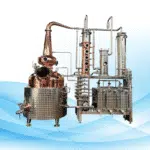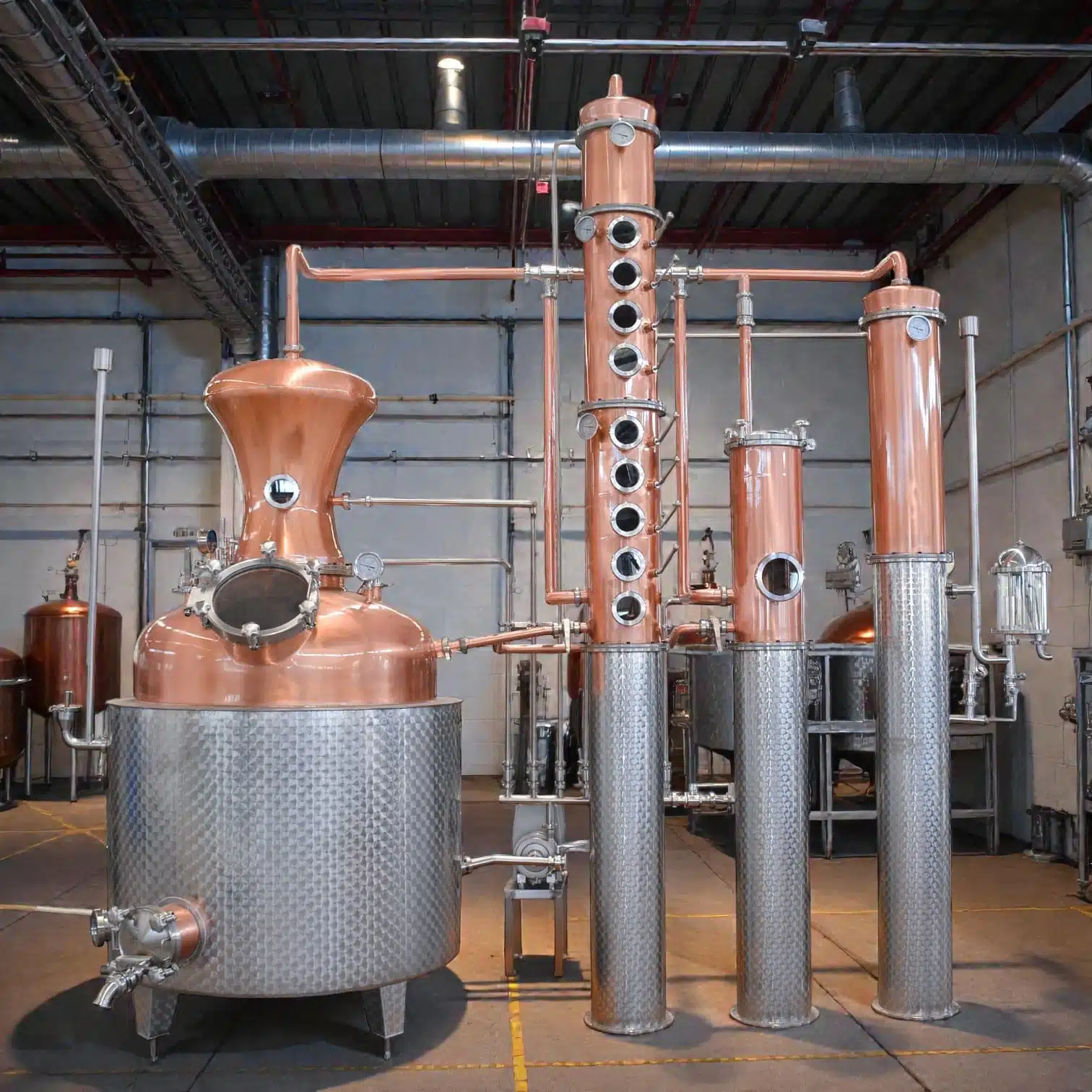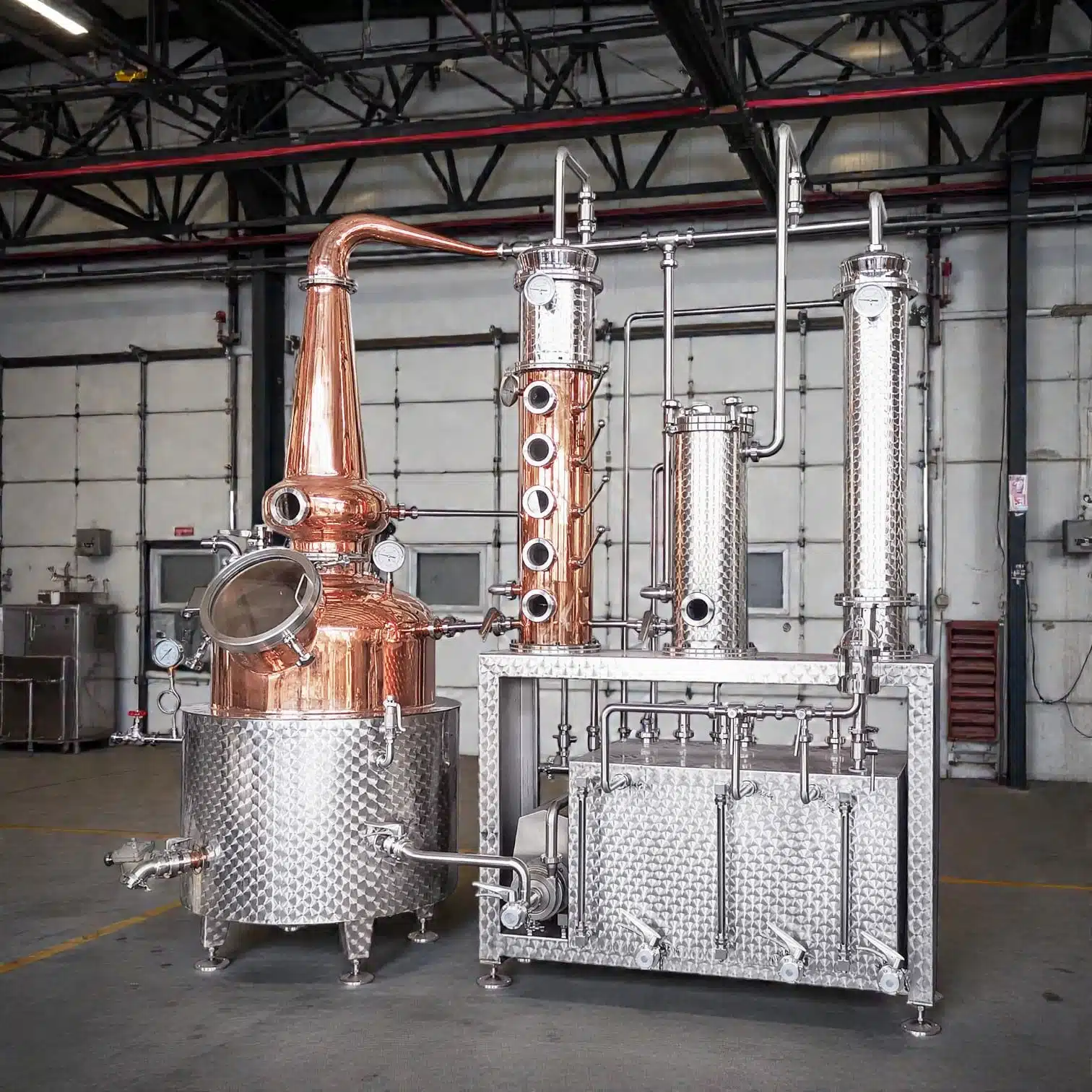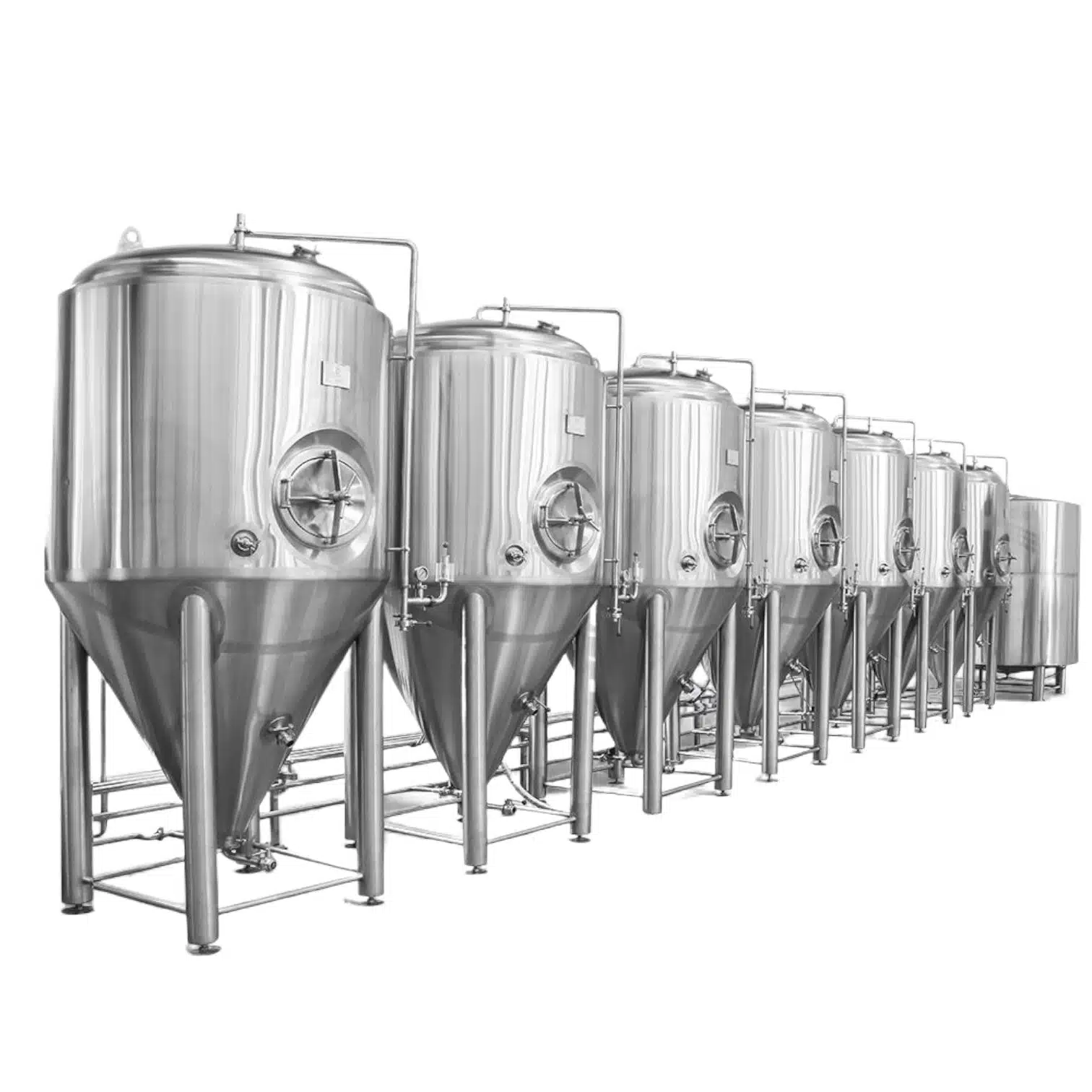The brewing business in 2024 is transforming quickly, and especially with the help of automated production. Today, automated brewing equipment is becoming a requirement rather than a luxury and is determining the fate of brewing both for big-scale and small-scale beer producers. Let us figure out what automated brewing equipment is, what it brings to the table, what the trends in the market look like, as well as the multiple opportunities for advancement of this technology on the market.
What is Automated Brewing Equipment?
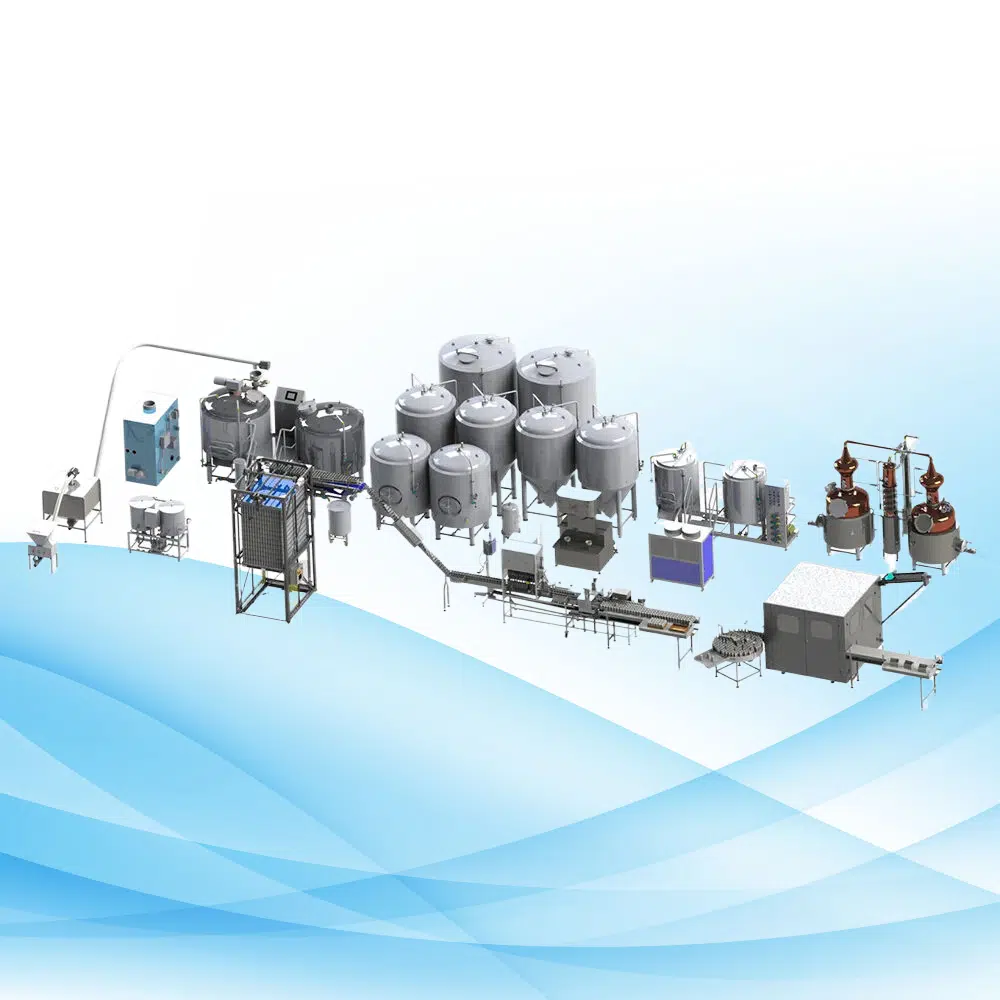
Automated brewing equipment includes different brewing systems and machinery that rely on technology to mechanize the various stages of brewing within the automated brewing equipment’s control parameters from milling, mashing and even fermentation and bottling. Automated brewing systems, in contrast to traditional brewing, do not require nearly as much manual involvement because they are designed to make operations easier and because brewhouses are equipped with software, sensors, and smart devices that will allow them to monitor and control the operations. This drastically alters the brewing process and allows anyone, from everyday homebrewers to professional breweries, to produce great beer and meet set targets.
Advantages of Automated Brewing Equipment
The brewing sector: whether for small manufacturers or big multi-national firms, automated breweries have got something for everyone, plus free of cost.
Automation’s most important feature is eliminating scope for human error – this helps brewers to reproduce the same recipe and flavor without an added complication.
Casting Off the Traditional
Automation of brewing equipment brings efficiency in regard to time as well as labor, thereby allowing an increase in the number of batches brewed in a given timeframe.
Economical Investment
Automation of equipment also means simplification of energy consumption and minimization of waste of raw materials which in turn maximizes profit margins in the long run.
Versatility
Automated equipment comes in various dimensions making it suitable for the hobbyist as well as the bulk user.
Consistency
Different brews can be encompassed with the same standards owing to the use of sensors and real-time monitoring.
Automated Brewing Equipment Market Overview
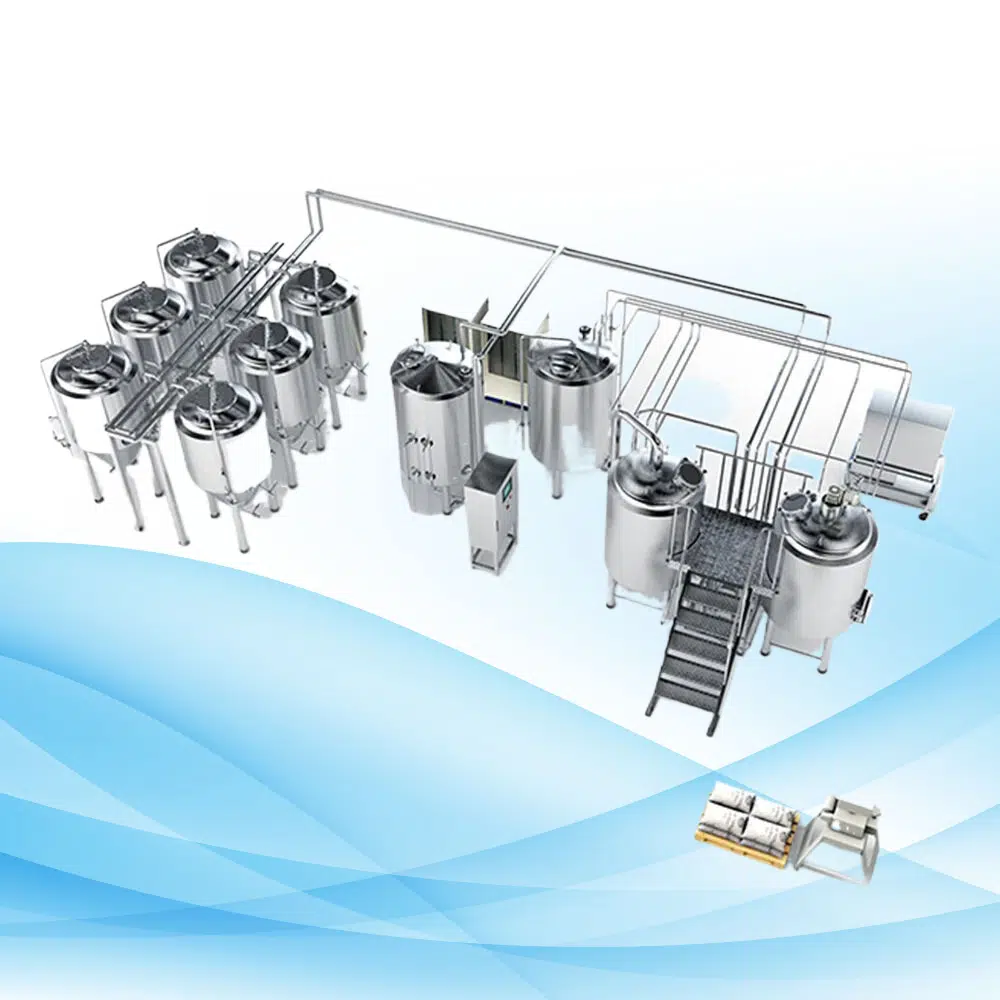
The automated brewing equipment market was quite a respectable size and is forecast to expand until 2024. The expansion is supported by the increase in popularity of craft beer and the steady application of automation across F&B sectors. The overall tendency of advanced automation and environmentally friendly manufacturing has a significant role in the expansion. Asia-Pacific, North America, and Europe account for demand and these markets have well developed beer market ecosystems and brewing industries.
Automated Brewing Equipment Market Should Offer Great Financial Return Over Five Years
There are various aspects such as Technology Integration Global Supply Network Industrialization of Automated Devices that have a direct impact on the automated brewing equipment market dynamics.
Changes In The Marketplace
Automation has been made possible and has been increasing for the likes of IoT-based brewing systems and systems that need to be invested in which begs the question such as who wouldn’t want to invest in them.
Explosive Growth of Craft Breweries
Automated processes have now made their way into small brewers culture thanks to the craft brewery movement that appreciates quality and various distinct flavors.
High Demand for Niched Products
Automation in precise automated systems became the insider secret of how each brewery started producing rare and valuable beers that are widely in demand.
Conservation of Raw Materials and Environment
Brew houses are now more able to conserve water, energy, and other raw materials by implementing an automated system which aligns with the global goals for sustainability.
Emergence of New Small Breweries
This worldwide craft beer trend has led to a mushrooming growth in the number of small brewers that now rely on automation so that they remain relevant, consistent, and cost-effective. Automation gave these small-scale brewers means to make high class beers while efficiently managing the cost of production making it easy for them cut through the thick market competition.
Expanded Market Opens New Horizons
There are increased reports of beer usage across Asia and Africa making them the emerging markets. There is greater likelihood of market operators using it as the new emerging strategy to penetrate the market. Consequently, there is increased potential for equipment manufacturers to design unique products for different audiences.
Beer and Beverage Industry Growth
Growth in the brewing industry has been greatly supported by positive growth in the nonalcoholic and beverage specialty drink industries. The automated brewing equipment enables the expansion of product lines by easing the loading of new craft and nonalcoholic beverages into the brew chain. This level of flexibility is necessary to remain competitive as the consumers’ tastes keep changing.
Constraints
But, as much as they benefit from automation, the automated brewing equipment market also has the following challenges:
High Initial Investment
Automated brewing equipment does not come cheap which makes it hard for small start-up companies to afford it.
Complexity and Skill Requirements
Automated systems require some technical knowhow which might be a hindrance for the new brewers.
Maintenance and Repair Costs
Sometimes manual work like regular maintenance and repairs out or increase the operating costs thus reducing profits made.
Automated Brewing Equipment Market Scope
The automated brewing equipment market scope includes different types of breweries, equipment types, and automation degrees for different brews.
Brewery Type
Automated brewing equipment is used in many brewery types as follows:
Microbreweries – Small craft beer brewers who employ the latest technologies to streamline and improve their products.
Macrobreweries – Major producers of beer brands, who heavily depend on machinery to enhance brewing speed and uniform taste.
Brewpubs – It is a type of brewery which has restaurants, so there is increased efficiency through automation.
Equipment Type
Different brewing processes can be accomplished through the use of automated brewing equipment which are designed for specific purposes:
Brewing Kettles and Boilers – With automated kettles, the set temperature for certain phases is easily controlled, which is a prerequisite for certain tastes.
Fermentation Vessels – Quality control of fermentation is maintained by these vessels which regulate environmental conditions.
Filling and Packaging Machines – Demand can be efficiently met due to automated bottling and canning equipment that streamlines the production process.
Automated Material Types
There is an inclusion of different material types in production such as copper and even stainless steel. The latter is in use more often due to its strength, the fact that it does not rust, and that it is easy to wash, which is very useful in brewing for hygienic reasons.
Automated Brewing Equipment Worth Learning
Brewing hardware targets people who strive to become brewers. These systems simplify the brewing process and make it easier to approach. After such training, even untrained people are capable of professional brewing levels, therefore making it easier for people and small businesses to operate in the field.
Use of Automated Mechanisms Boosting Profits
Automating the brewing process incurs minimal losses and hence it is the most sought after equipment by most brewers in the current market. One of them is wasting money on the ingredients used for brewing, energy used and water. All of these cost the company money and as an offset costs affect the environment. This issue can be resolved with the application of automated systems since they are able to measure the amount of water being used for each batch and monitor the temperature. Google The cutoff temperature, as well as the optimal brewing temperature, are both vital components that determine whether certain dry components will be displaced. The situation thus supported a more greener approach to brewing.
Recap
The switch over to automated brewing is changing the face of the brewers business and it changes the way they operate in areas such as scaling up a business, accuracy, timeliness etc. Craft beer being the most in demand beer, further getting integrated with technology, only makes the chances of breakthroughs like AI automation rising. With the increased global consumption of beer as well as the rise of micro breweries, the reach for markets only widens. This automatically results in the increased production of automation tools and innovations paving their way to the industry.
Frequently Asked Questions
What are the fundamental advantages of automated brewing devices?
Most of the tasks brewing entails can be easily done using automated tools. These tasks are associated with operating the machinery, pouring liquids into containers as well as cleaning. All of these together improve the quality of beer produced as well as decrease the operating costs.
Are large scale brewers the only ones who benefit from these automated devices?
Both the small craft brewers and homebrewers also can benefit from these newly integrated automated devices.
In what ways does automation assist in reducing waste in the brewing sector?
Automation makes measurement accurate, reduces loss of water and energy, and increases the amount of wheat recycling, making the life cycle of a brewery more sustainable.
What is the most significant barrier for the brewing companies in using the automated systems?
The cost of hardware, the needed skills and its maintenance are some of the barriers that can prevent some breweries from using automated systems.
Who stands to gain more from automated brewing equipment, small or large breweries?
Breweries of all sizes benefit from automation but small craft breweries in particular benefit because they use less ingredients and produce more consistent quality.









